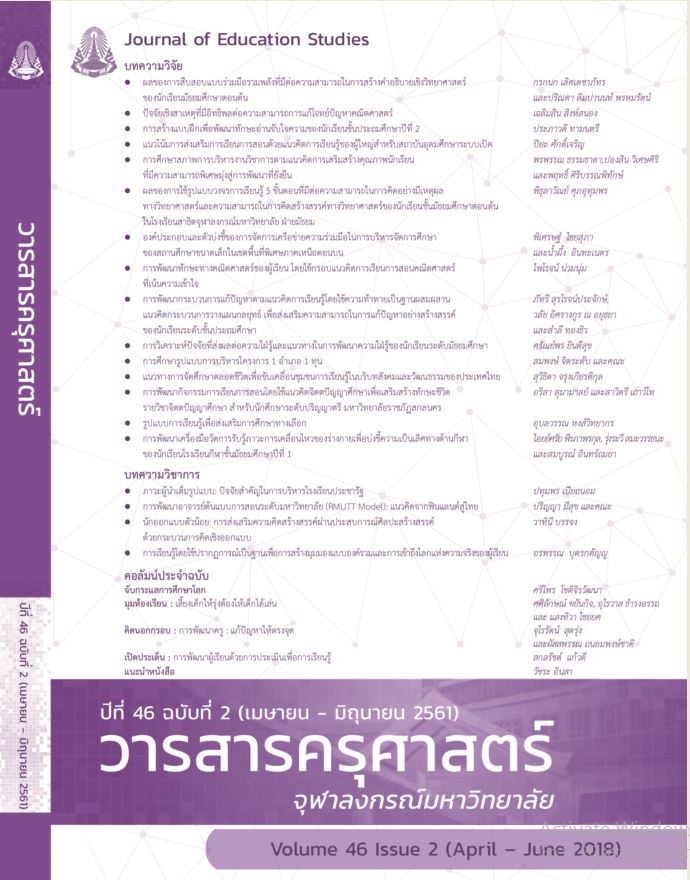นักออกแบบตัวน้อย: การส่งเสริมความคิดสร้างสรรค์ผ่านประสบการณ์ ศิลปะสร้างสรรค์ด้วยกระบวนการคิดเชิงออกแบบ
Keywords:
CREATIVITY, CREATIVE ART EXPERIENCES, EARLY CHILDHOOD, DESIGN THINKING PROCESSAbstract
Abstract
The 21st Century, or otherwise known as the Information Technology Revolution era, is one in which creativity is an essential skill for self-learning and self-development. In this era, creativity has been one of the best features of mankind with the important goal of development in education. Many educators highlight how early childhood is a critical period for fostering creativity and creative thinking skills. The National Early Childhood Care and Education Curriculum was designed in recognition of the importance of creative art activities for supporting children's creativity. Several recent research studies have provided evidence of on creativity in early childhood used in different new ways to foster new experiences. The design thinking process is another approach that was originally developed in the Design Based Education K-12 Program by an American educator. The IDESIGN model consisted of 7 ways of thinking during the design process which include (1) intending, (2) defining, (3) exploring, (4) suggesting, (5) innovating, (6) goal getting, and (7) knowing. The design thinking process is indeed meant to encourage the development or expression of creativity in young children through organizing their thinking process and problem-solving abilities.




